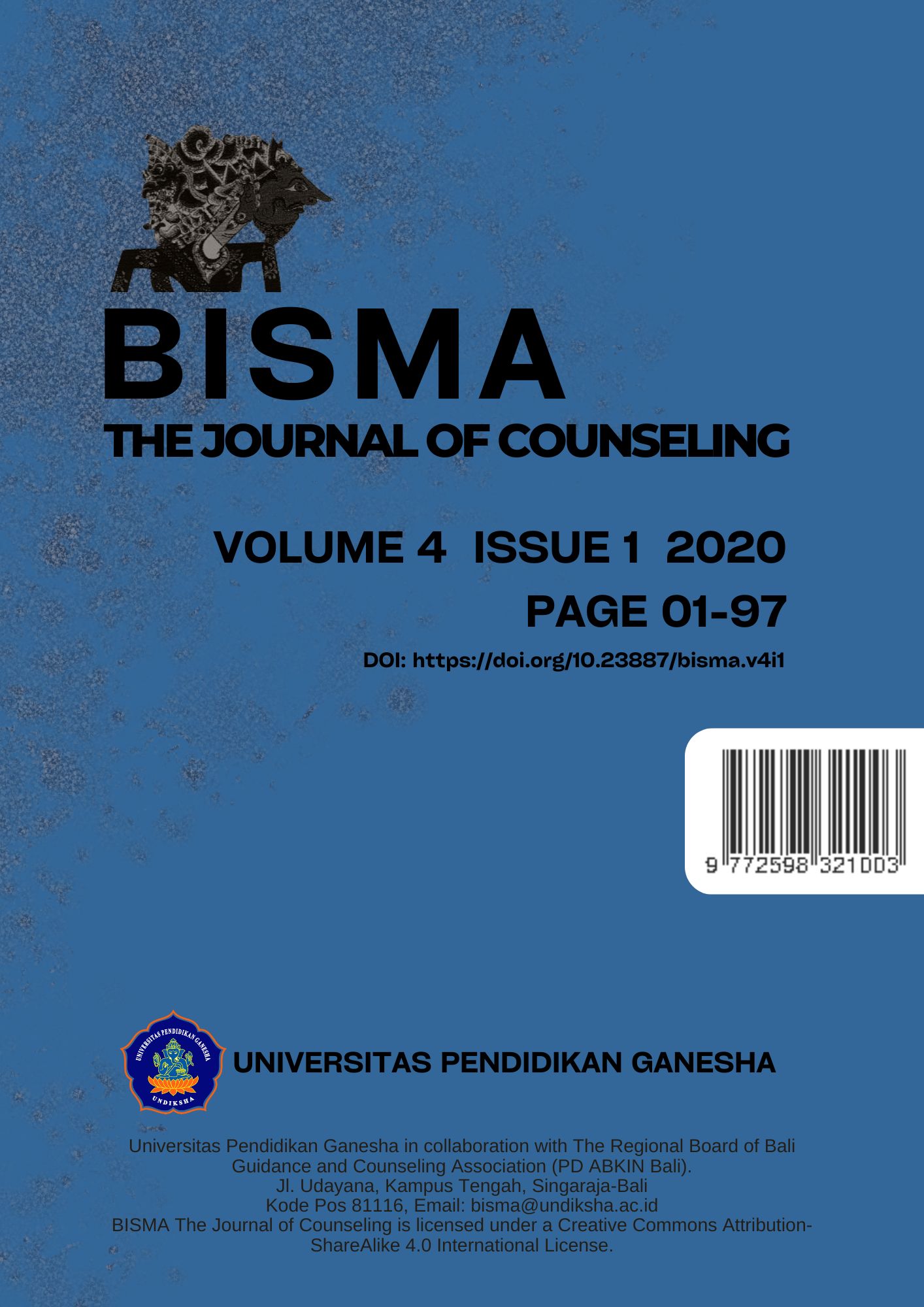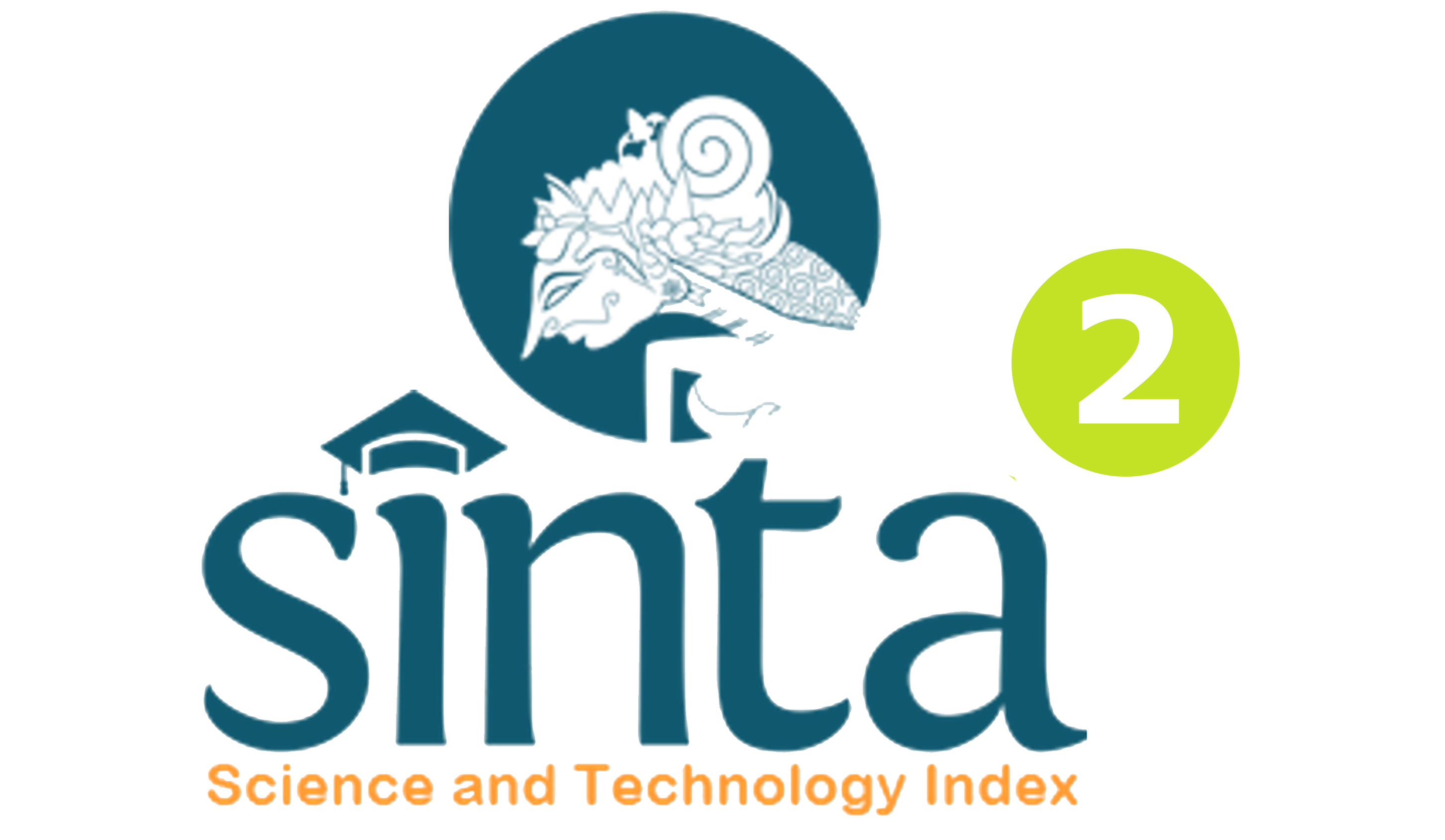The Influence Of Group Conformity To Behavior Deviate Student
DOI:
https://doi.org/10.23887/bisma.v4i1.24187Keywords:
conformity, deviant behavior, studentsAbstract
Some problems that occur in students related to conformity or join in related to the influence of groups or other parties, conformity related to high risk relationships, such as deviating and discussing the law, this research seeks to find an acceptable fix in a group that is categorized as an appropriate action (part of it). the purpose of this study is to determine the relationship of group conformity to the distorted discussion of students looking at the forms of group conformity in students, how to deviate obtained from conformity including bullying, extortion, smoking, beating and canceled cheating during exams, this study uses quantitative research methods in terms of the level of explanation, this study also uses associative forms of causal relations with other objectives to apply the process of confrement to group variables. There are independent and variable variables el in this study are: 1) group conformity 2) deviant motivation, data collection techniques using questionnaires, data collection methods are done by giving separate questions, or asking for help, respondents respond, loosen in the form of data, data analysis of this study is a technique simple linear regression analysis with the help of the SPSS program. based on the results of the analysis of data techniques with the simple linear regression analysis method the conformity to complaints contributes to 0.069 at the significance level (p <0.05). between group conformity to deviate, in other words the hypothesis is acceptedReferences
ialdini, R. B., & Goldstein, N. J. (2004). Social Influence: Compliance and Conformity. Annual Review of Psychology. https://doi.org/10.1146/annurev.psych.55.090902.142015
Flandrin, J.-L., & Flandrin, J.-L. (2019). Childhood and Society. In Sex in the Western World. https://doi.org/10.4324/9781315076928-12
Goode, E. (2015). Deviant behavior: 10th edition. In Deviant Behavior: 10th Edition. https://doi.org/10.4324/9781315664958
Henry, P. J., Sears, D. O., Psychology, P., Jun, N., & Sears, D. (2007). The Symbolic Racism 2000 Scale The Symbolic Racism 2000 Scale. Political Psychology. https://doi.org/10.1111/0162-895X.00281
Hitlin, S., & Andersson, M. (2015). Social psychology. In Handbook of Sociology and Human Rights. https://doi.org/10.4324/9781315634227
Levine, J., & Hogg, M. (2012). Encyclopedia of Group Processes & Intergroup Relations. In Encyclopedia of Group Processes & Intergroup Relations. https://doi.org/10.4135/9781412972017
Miller, D. R., Bandura, A., & Walters, R. H. (1966). Social Learning and Personality Development. American Sociological Review. https://doi.org/10.2307/2091312
Murphy, D. S., & Robinson, M. B. (2008). The Maximizer: Clarifying Merton's theories of anomie and strain. Theoretical Criminology, 12(4), 501-521.
Rahmah, S. (2018). Konformitas Teman sebaya dan healthy belief model terhadap perilaku merokok siswa SMA. Jurnal Penelitian Kesehatan Suara Forikes, 9(1).
Sears, D. O., Freedman, J. L., & Peplau, L. A. (2013). Psikologi Sosial Jilid 2 (M. Adryanto (ed.); 5th ed.). Erlangga.
Sherman, L. W. (1992). The Influence of Criminology on Criminal Law: Evaluating Arrests for Misdemeanor Domestic Violence. The Journal of Criminal Law and Criminology (1973-), 83(1), 1. https://doi.org/10.2307/1143823
Sugiyono. (2013). Metode Penelitian Kuantitatif, Kualitatif, dan R&D (18th ed.). Alfabeta.
Susanti, I. (2015). Perilaku Menyimpang Dikalangan Remaja Pada Masyarakat Karangmojo Plandaan Jombang. Paradigma: Jurnal Online Mahasiswa S1 Sosiologi UNESA, 3(2).
Tuma, J. M., & Pratt, J. M. (1982). Clinical child psychology practice and training: A survey. Ldots of Clinical Child & Adolescent Psychology, 37–41.
Whelen, J. (2011). Boys and their schooling: The experience of becoming someone else. In Boys and their Schooling: The Experience of Becoming Someone Else. https://doi.org/10.4324/9780203827802









